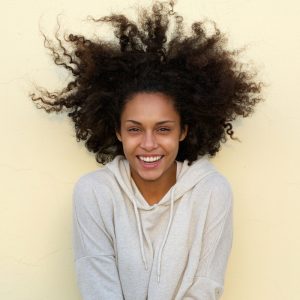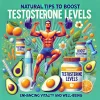The use of botox is increasingly widespread, and those who have tried it do not hesitate to confess that it is their secret to maintaining smooth skin, where the passage of time seems to stop almost ‘miraculously’. However, there are still many doubts and questions regarding its use. Dr. Paloma García, well-versed in its applications, reveals all the key points.
Botulinum toxin type A, popularly known by one of its trade names, botox, is a highly effective neurotoxic poison that inhibits the transmission of the signal in the neuromuscular plate, producing muscle paralysis that has a direct impact on the formation of wrinkles and expression lines.
In aesthetic medicine, what needs is botox indicated for? Botox is recommended for various body parts including forehead wrinkles, periorbital wrinkles also known as crow’s feet and lower eyelids, upper and lower lip wrinkles, eyebrow and glabella lifting, nose wrinkles, gummy smile, platysmal bands (neck wrinkles), chin with cellulite or cobblestone chin, nasolabial folds…
Does it have purposes beyond aesthetics? Yes, it is used in medicine as a therapeutic option to treat excessive sweating, strabismus, dystonia, bruxism, myofascial pain, overactive bladder problems, and chronic headaches.
If wrinkles are already present, is it worth using botox, or should one consider other treatments like hyaluronic acid fillers or surgical lifting? Absolutely. It’s always beneficial to use botox to reduce wrinkles that have appeared due to expression signs, even if they have been marked for a long time. The extent to which a wrinkle will be reduced depends on its depth and the muscle strength before treatment. Fine wrinkles may disappear completely, while more pronounced ones will flatten considerably but may not be completely eliminated.
How long do the results last? Botulinum toxin typically lasts between 4 to 6 months. However, as the treatment is repeated, these durations can extend, sometimes doubling the effect time.
How is the botox treatment personalized? To achieve the best aesthetic results with botulinum toxin, the professional must have a complete understanding of facial aesthetics and its full musculature. In its application, the patient’s gender and age must be considered to adjust the dosage, as this will determine whether the final result appears natural or unnaturally and thus aesthetically unpleasing.
Are there any contraindications or side effects? Like any medical treatment, there are contraindications for its application: myasthenia gravis (muscle weakness or fatigue), neuromuscular diseases, allergy to botulinum toxin, dysmorphophobia, pregnancy, or breastfeeding.
Additionally, certain adverse effects may be present, although not normally, after the application of botulinum toxin, including headache, pain and swelling in the injected area, nausea, or itching in the injected area.







